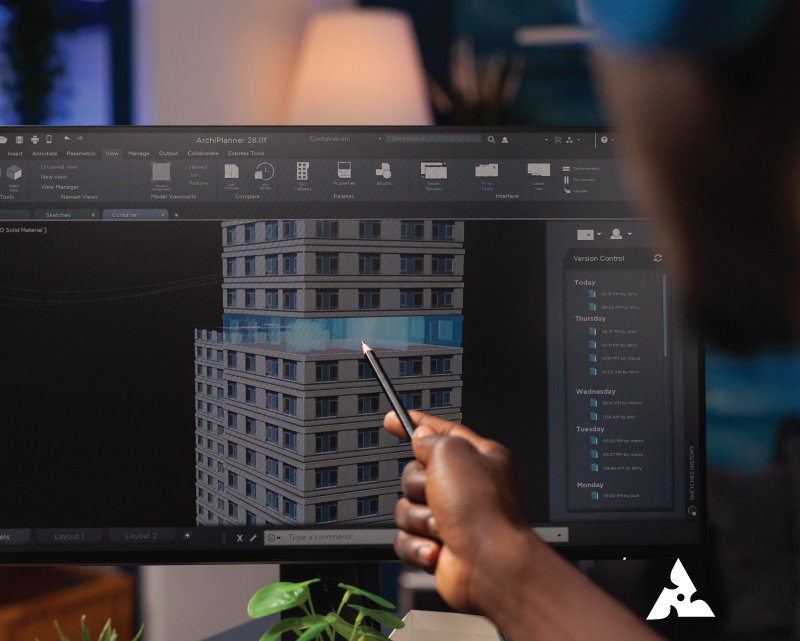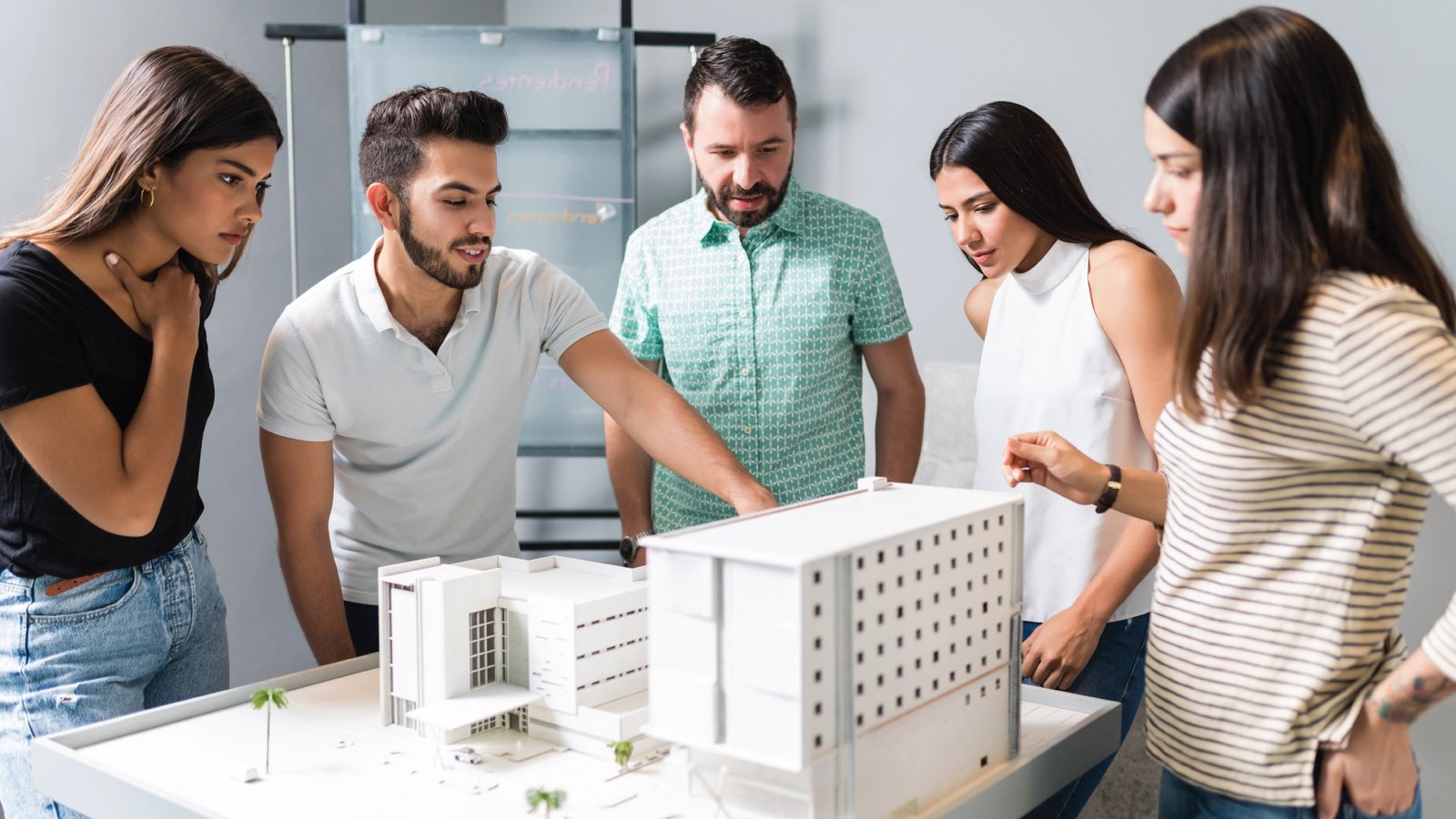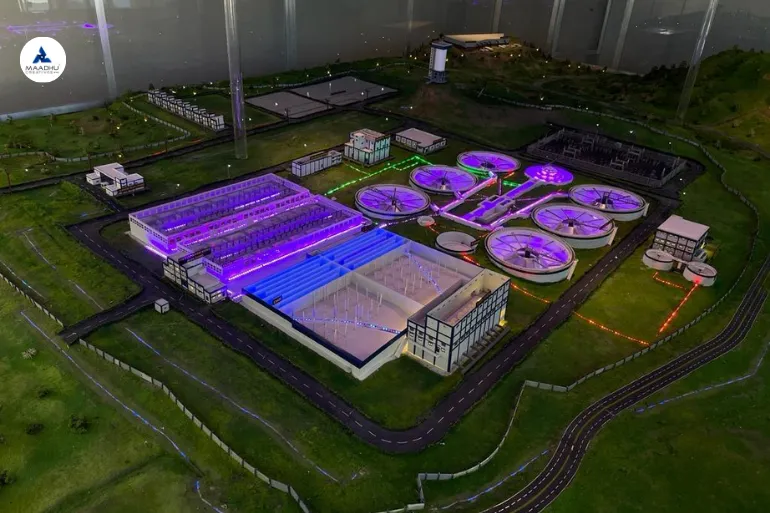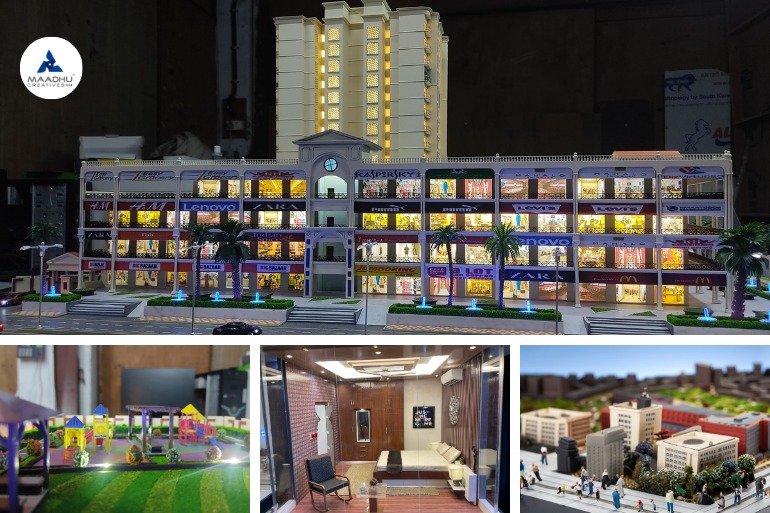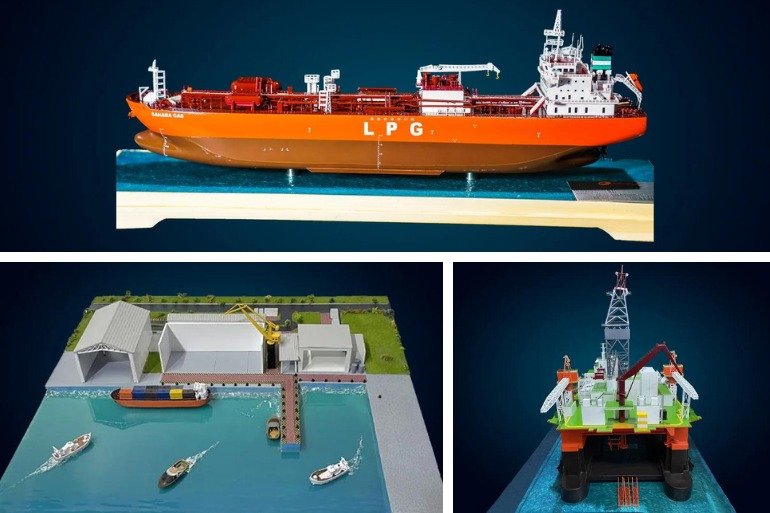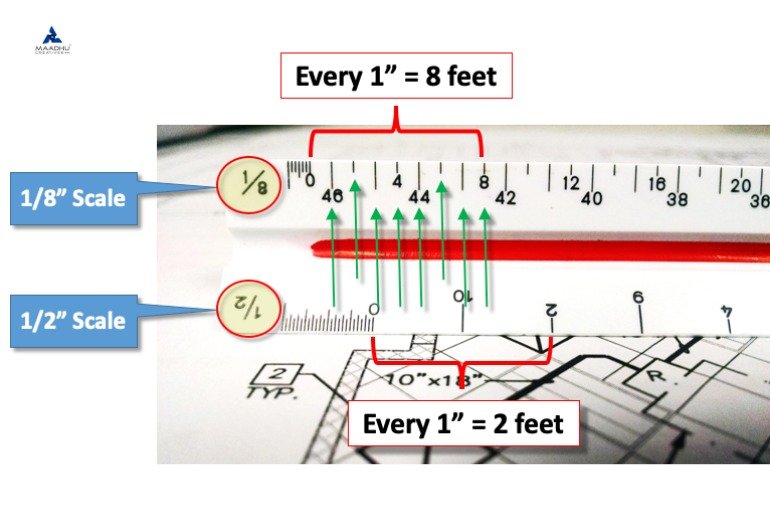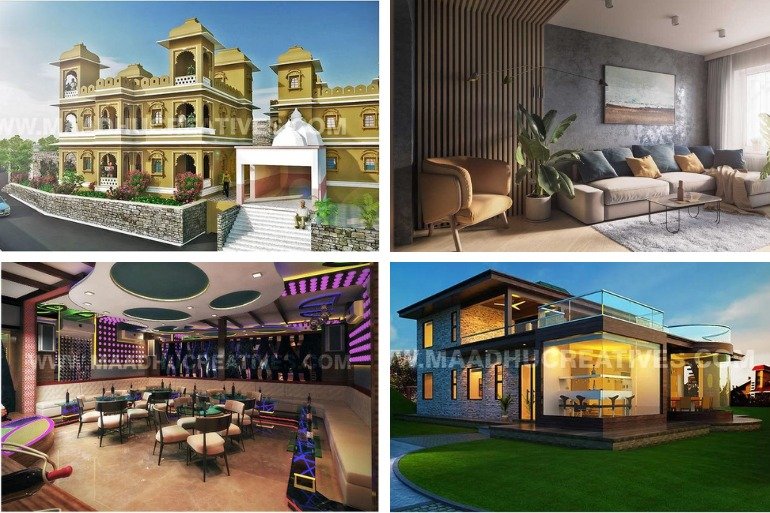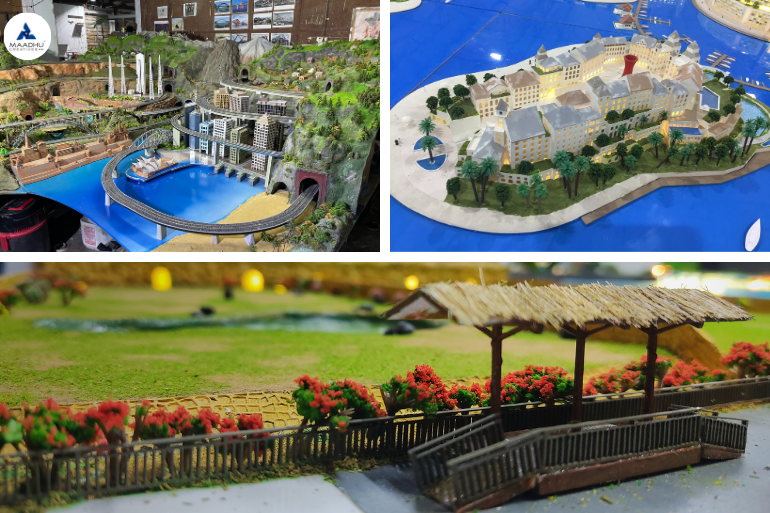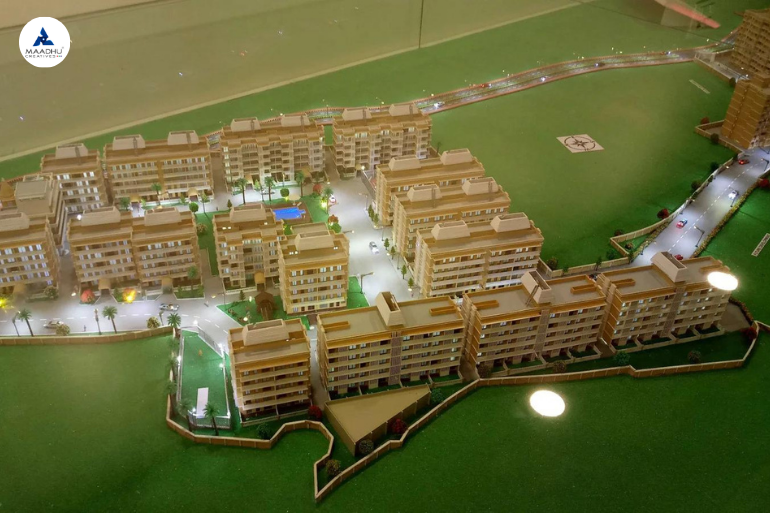Showcasing Mumbai’s Future: The Aqua Metro Line Model by Maadhu Creatives Table of Contents Get a Free Quote Mumbai, one of India’s most pulsating cities, has always been keen on innovative solutions to complex transportation problems. The latest gem in Mumbai’s transport landscape is the Aqua Metro Line, newly promising a quantum level of upgrade in public transport. Given its unique structure, this metro line will alleviate the notorious traffic congestion around the city and provide more efficient commuting experiences. Maadhu Creatives has captured this vision well in its excellent model of the Aqua Metro Line, which portrays what this metro line offers as an infrastructure. In this blog post, we shall see how the Aqua Metro Line gives importance, what inspired this model, and what role it will play for future urban planning in Mumbai. About the Aqua Metro Line https://www.youtube.com/watch?v=oe-Hj3YUU60 Aqua Metro Line will be the first underground metro line in Mumbai and will aim at connecting most of the neighborhoods and the suburbs with an integrated attempt so as to improve access to public transport. It will get integrated by complementing other metros, especially Mumbai Metro Line 3, to expand the connectivity of the transit networks that will help commuters all over the city. Being underground, the Aqua Metro Line is on par with other good designs that cause less damage to a city’s landscape. Such design will, therefore, save the aesthetic beauty of Mumbai from much destruction. There is minimal above ground infrastructure that would allow greenery and keep the vibrant look and feel of the urban atmosphere. Aqua Metro Line has emerged as one strategic solution to Mumbai’s pressing transport problems for a reliable and efficient alternative to the crowded roads. The Vision Behind the Model Scaling down of the Aqua Metro Line to a scale model is considered one of the integral parts of this vision project. Maadhu Creatives created a complex model that showcased every feature of the metro line and how it interacted with the urban landscape. The idea is to build a tangible view of the Aqua Metro Line for all the stakeholders involved through the stakeholders city planners, engineers, and public. Good scale models are extremely useful for complex projects. They present the design to the stakeholders in ways that cannot be possible through traditional drawings or digital images. The Aqua Metro Line model shows the physical structure but also how the metro is going to function with regard to the existing roads, buildings, and green spaces. This is very important as it reveals what the impact of the project would have on the city and its residents. The Exhibition Experience A recent infrastructure exhibition in Mumbai displayed a model of the Aqua Metro Line. The audience was diversified by industry experts, government officials, and members of the general public. It is an excellent platform that enables them to discuss the future of metro development directly with the actual involvement of the project. One of the important highlights of the exhibition was the visit of Prime Minister Modi. The engagement he had with the model of Aqua Metro Line highlighted how much innovative transportation solutions would add importance to the context of urban development. Through an interaction with the model, the Prime Minister threw light upon the infrastructure projects shaping the future of cities like Mumbai, which is a smart city. It is presented to influential leaders for the support of these projects, including the Aqua Metro Line, which opens up avenues and dialogue for future infrastructure development in such a way that vital projects are brought before the spotlight to receive attention and investment. A Proud Moment for Maadhu Creatives A privilege for the team at Maadhu Creatives, in fact getting noticed by Prime Minister Modi himself, and the sense of pride that goes with quality and precision in model making. The group’s excellence may go beyond showing craftsmanship but rather shows a contribution to the future of planning in Mumbai. That’s what makes Maadhu Creatives proud-to move further, for this boost induces an untiring pursuit in creating more models. Every project helps them restore their commitment to perfect work that has reflected innovative infrastructure solutions in actuality. This time, it was acceptance from a great leader and testifies the ability and dedication of the team. Importance of Underground Metro Systems in Urban Planning Underground metro systems provide sustainable and eco-friendly transport solutions. Moving all public transport underground will reduce traffic congestion, lower air pollution, and intensify the utilization of land space dramatically. Such an approach is big because Mumbai is a crowded city with limited available space. Such systems have multiple positive impacts at every layer of urban life. They make for a safe and viable means of transport that boosts people to rely on public transit compared to personal vehicles. The preference between the two reduces the chances of traffic congestion, as well as lowering carbon emissions. High investment in underground metro systems is a need for a metropolis like Mumbai to be sustainable. Moreover, underground metro lines reduce disruption while under construction. This factor is especially key for heavily populated regions because the minimizing of disruptions ensures that daily activities continue uninterrupted. This allows the cities to sustain their dynamics in the process of improving accessibility in transportation options. Supporting Smart City Planning Perfectly in line with the lessons of smart city planning, the Aqua Metro Line is envisaged as part of the advances that modern infrastructure should bring to connect people better and create greater sustainability through the sprawling city of Mumbai. Projects like the Aqua Metro Line are therefore critical to the ultimate development of Mumbai. In line with the new philosophy of smart city planning, the new Aqua Metro Line will have integration of technology into urban development. Operation and maintenance of this infrastructure will be relatively smooth, and people commuting will enjoy the best services. It will further enhance the efficiency of public transport in the city of Mumbai as the



